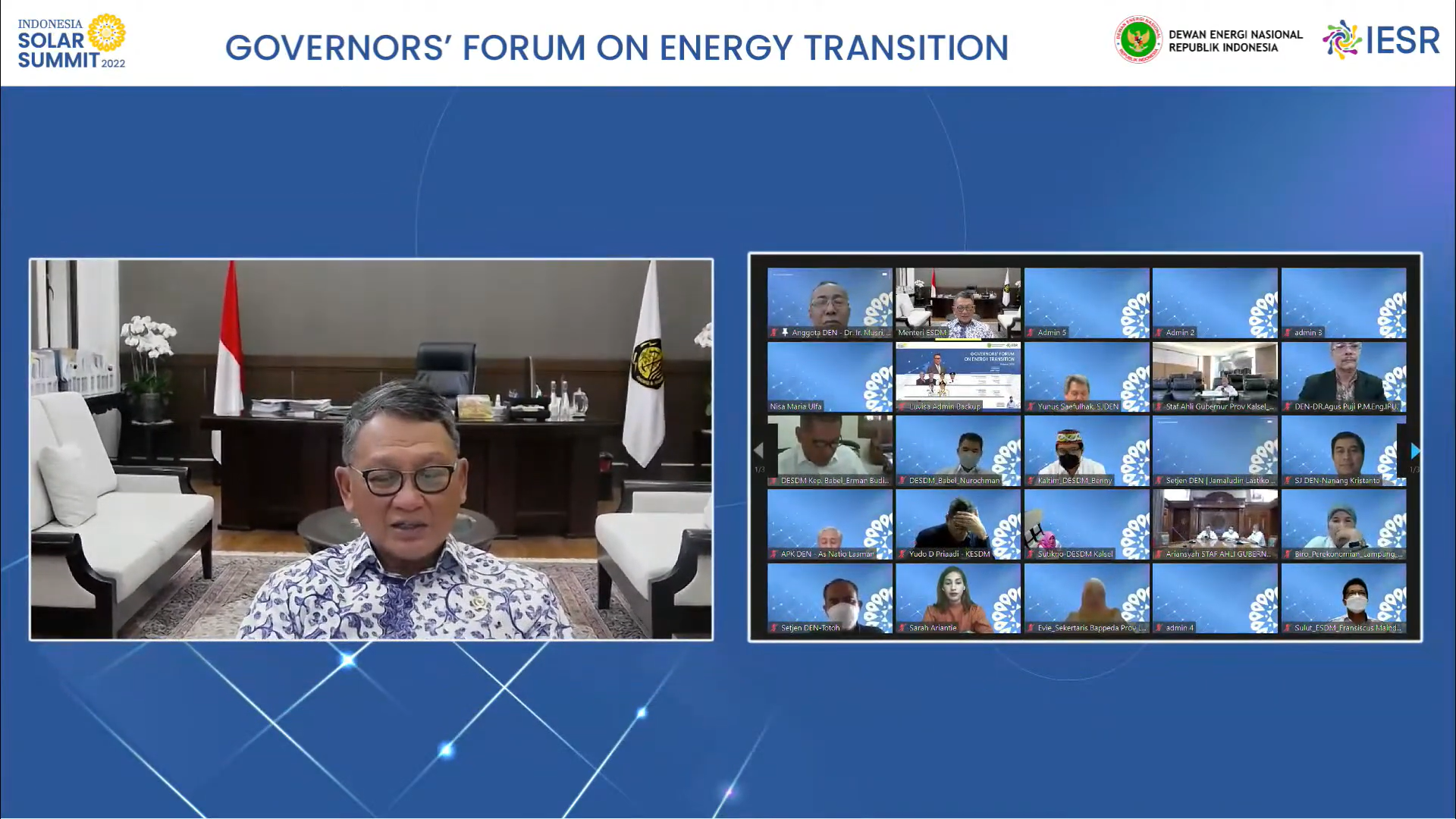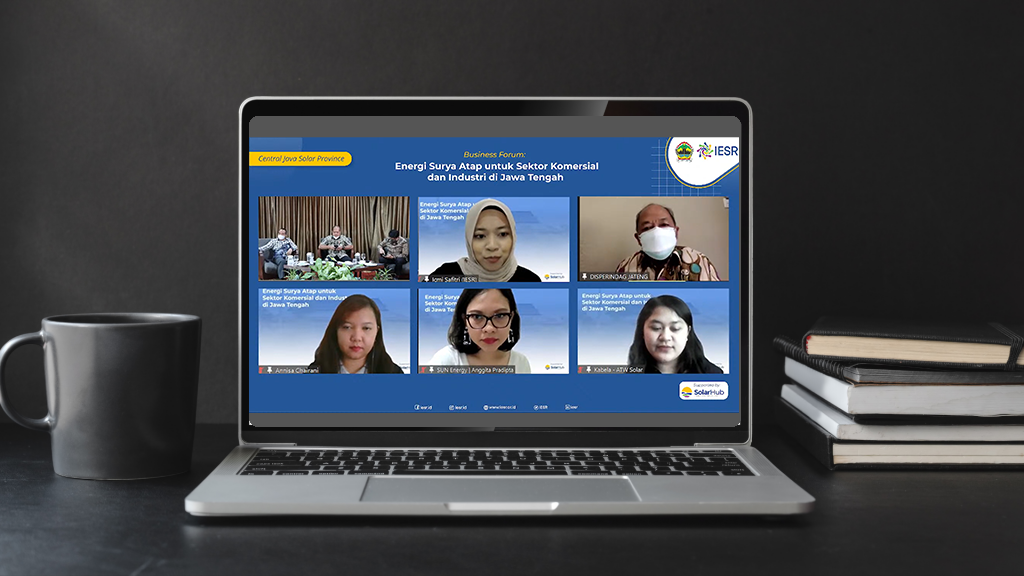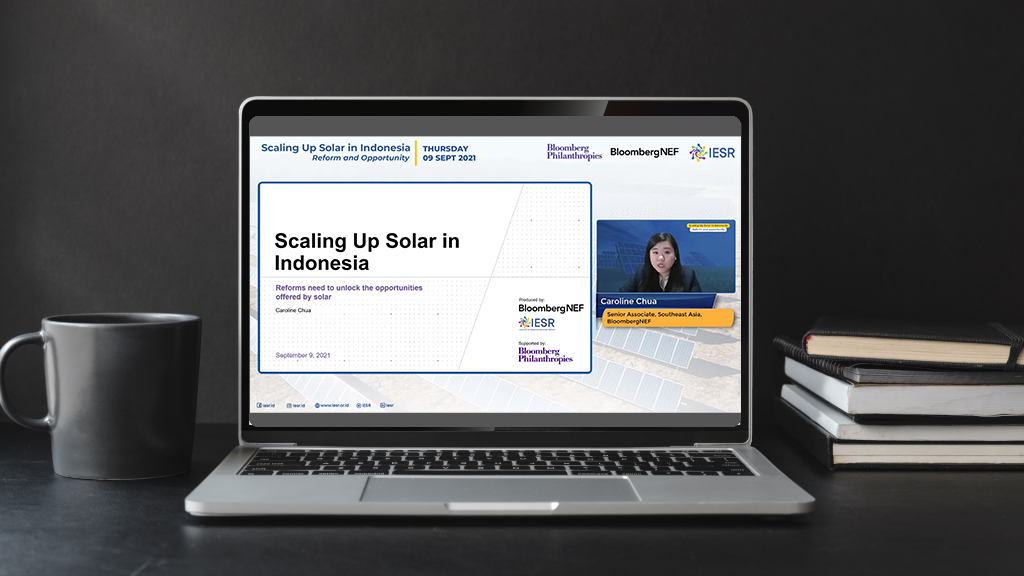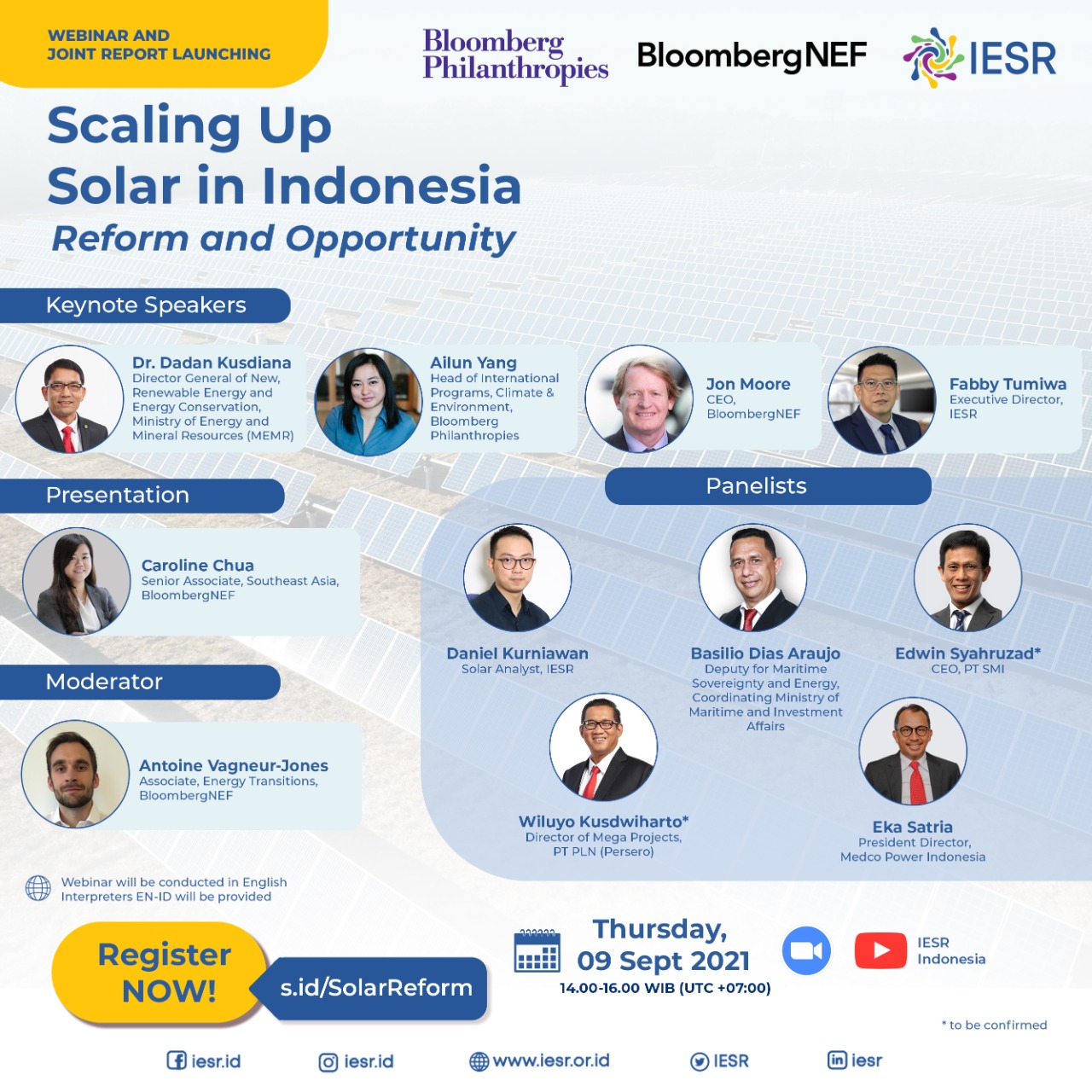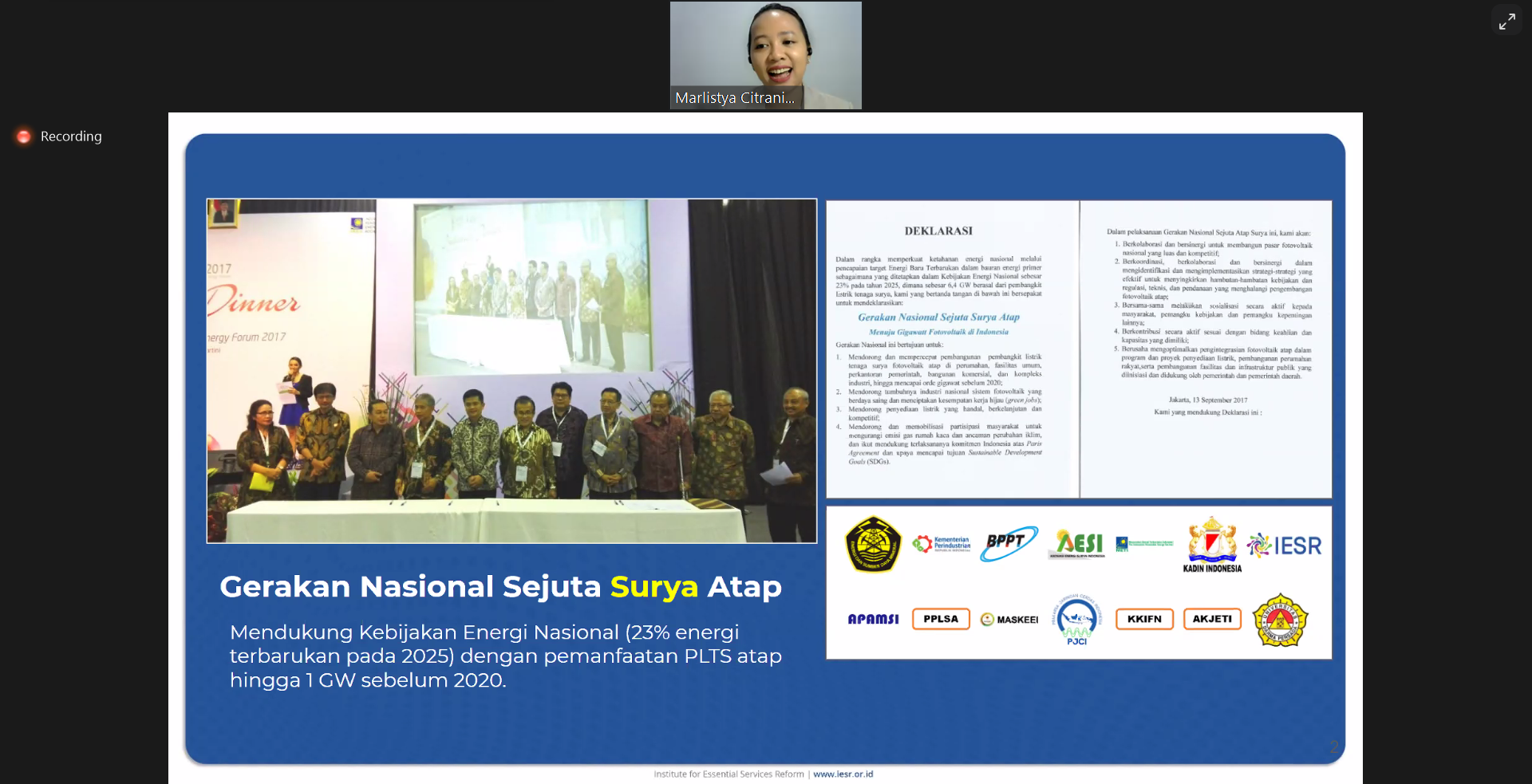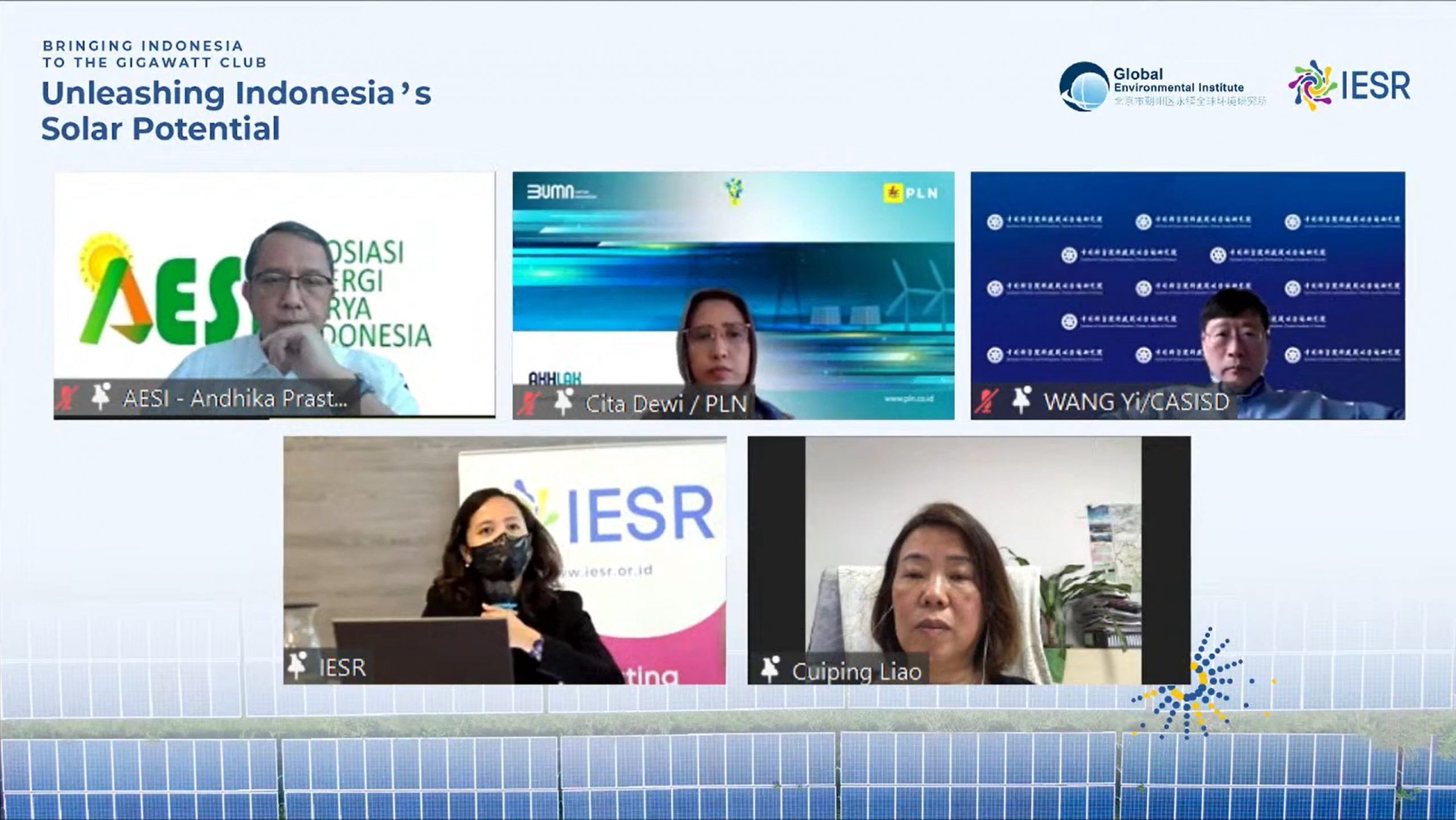Jakarta, March 9, 2022 - The Ministry of Energy and Mineral Resources recorded an increase of 217 MW in mid-2021. This brings the total renewable energy generating capacity in September 2021 to 10,807 MW. Nationally, Indonesia's energy mix is still dominated by fossil energy up to 85%. The Indonesian government has taken the initiative to…
